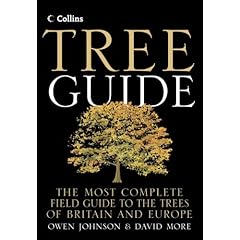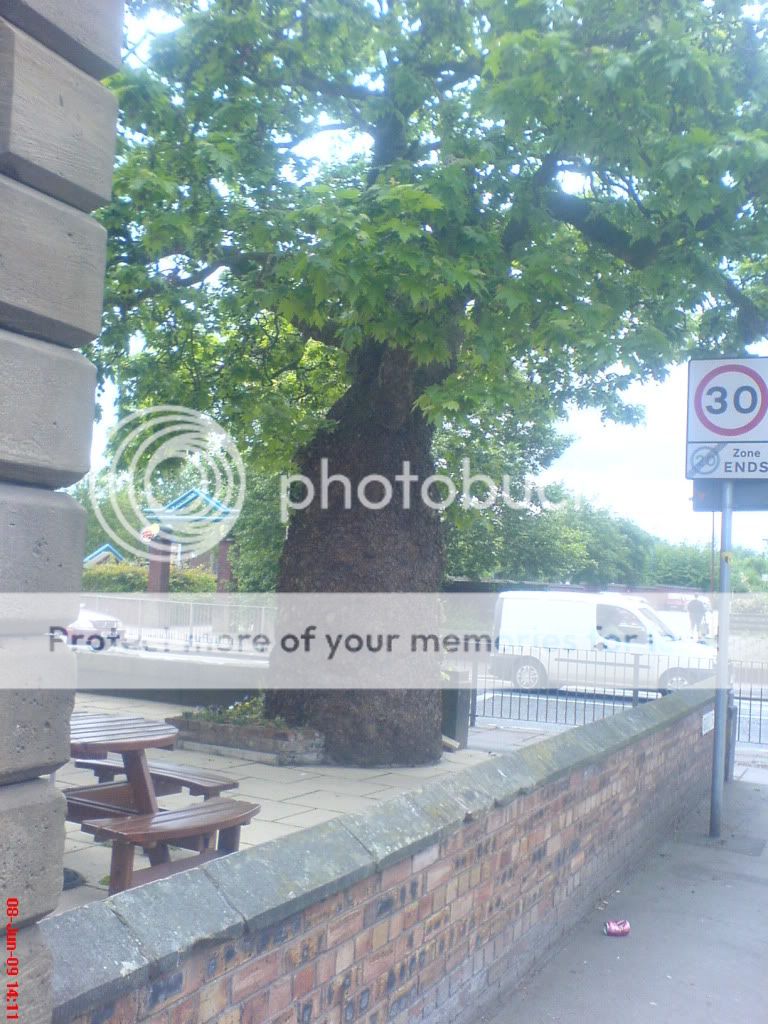demographic
Addicted to ArboristSite
- Joined
- Feb 22, 2009
- Messages
- 1,252
- Reaction score
- 131
Possibly a weird question but theres a place where my fathers ashes are scattered thats in the fells (bit like small mountains to you americans) and I wouldn't mind planting a tree or two there, not knowing too much (thats an understatement by the way) about planting trees I'm wondering what variety would do well up there.
The soils quite peaty and its in a fairly exposed position and gets a bit of weather (wind and rain mostly), oh and theres lots of sheep so I suspect I will need to put a plastic cover thing round them till they get a bit higher.
I know for a fact that Sycamore does well up there, as well as mountain ash/rowen cos theres some growing up there.
I have (in pots as I didn't expect them to grow as well as they did and just chucked the seeds/acorns/whatever in and left them) some sycamore, pendunculate oak, hazel, beech and cherry.
What would do well up there?
Thanks in advance, Scott.
The soils quite peaty and its in a fairly exposed position and gets a bit of weather (wind and rain mostly), oh and theres lots of sheep so I suspect I will need to put a plastic cover thing round them till they get a bit higher.
I know for a fact that Sycamore does well up there, as well as mountain ash/rowen cos theres some growing up there.
I have (in pots as I didn't expect them to grow as well as they did and just chucked the seeds/acorns/whatever in and left them) some sycamore, pendunculate oak, hazel, beech and cherry.
What would do well up there?
Thanks in advance, Scott.





 Just shows how we are separated by a common language.
Just shows how we are separated by a common language.


